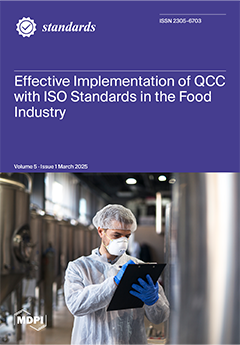BREEAM (Building Research Establishment Environmental Assessment Method) is widely recognized for promoting environmental sustainability in the built environment, with a strong focus on energy efficiency, resource management, and ecological impact. However, as sustainability entails environmental and economic dimensions but also social dimensions, the
[...] Read more.
BREEAM (Building Research Establishment Environmental Assessment Method) is widely recognized for promoting environmental sustainability in the built environment, with a strong focus on energy efficiency, resource management, and ecological impact. However, as sustainability entails environmental and economic dimensions but also social dimensions, the current BREEAM New Construction standards do not fully address social sustainability targets. This article explores the potential for expanding BREEAM New Construction standards to more comprehensively incorporate social sustainability, ensuring that certified projects contribute to the well-being of their occupants and surrounding communities. Through a review of existing BREEAM categories, technical manuals, standards, and an analysis of gaps related to social sustainability, this paper identifies key areas for potential improvement, including user satisfaction, protecting workers’ and human rights, legacy planning, education and skills, and emergency response planning. These gaps are mapped against existing BREEAM categories and credits, with recommendations to introduce additional credits across the categories of management, materials, energy, waste, land use and ecology, health and well-being, and water. Additionally, this paper highlights the importance of transdisciplinary collaboration—bringing together architects, urban planners, social scientists, and public health experts—to effectively address the complexity of social sustainability in building design and certification. The proposed additions to BREEAM New Construction standards, alongside recommendations for industry and policymakers, offer guidelines for the evolution of green building certifications toward a more holistic approach to sustainability. This shift ensures that future certified buildings reduce environmental impact and promote social equity, health, and community well-being simultaneously.
Full article



